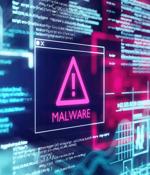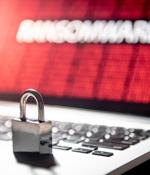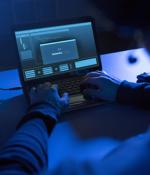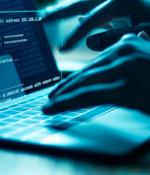Security News

Italian police have arrested two people allegedly for using malware to steal 10 GB of confidental data and military secrets from defense company Leonardo S.p. A. Leonardo is one of the world's largest defense contractors, with 30% of the company owned by the Italian Ministry of Economy and Finance.

There are, of course, other factors that play a role in the attackers' preference for healthcare-related targets: the talent shortage for cybersecurity experts with healthcare expertise, the fact that most healthcare employees still don't make cybersecurity a priority, the fact that many of the devices and technologies they use run on antiquated operating systems - to name just a few. There might come a time when cybersecurity becomes a part of medical curriculums - in the meantime healthcare organizations can significantly lower the number of successful attacks with the proper defenses and training, DiMaggio notes.

They really know how to mix a perfectly balanced cocktail of software engineering and human insight when it comes to crafting the perfect spear-phishing attack. If a CEO or other C-level exec is hooked, they have the power to deliver virtually whatever the attackers desire - whether it's authorizing payment transfers, or spilling company secrets, or any number of actions only a chief exec can take, unchecked.

Qualys announced Container Runtime Security, which provides runtime defense capabilities for containerized applications. Qualys Runtime Container Security, once instrumented in the image, will work within each container irrespective of where the container is instantiated and does not need any additional administration containers.

Toka, an Israel-based company that provides intelligence and defense solutions to governments, announced on Tuesday that it has raised $25 million in a Series B funding round. Toka launched in July 2018, when it also announced raising $12.5 million in seed funding.

Over the six-month period from March to August 2020, over 925,000 malicious emails managed to bypass Office 365 defenses and well-known secure email gateways, an Area 1 Security study reveals. Attackers increasingly use highly sophisticated, targeted campaigns like business email compromise to evade traditional email defenses, which are based on already-known threats.

Source Defense announced its new offering of Website in Page Protection, as well as product enhancements and performance improvements to the VICE sandboxing technology within the Source Defense Platform. The Source Defense Platform protects online businesses and their customers from automated attacks and client-side threats, and improves operational efficiency.

SlashNext announced the on-device AI mobile phishing defense for iOS and Android with natural language and link-based detection to protect users from the exponential increase in mobile-based SMS phishing attacks. Now SlashNext, customers and partners can benefit from the industry's fastest and most accurate, 2.0 mobile AI phishing defense, protecting users from all forms of phishing across all their communication channels - SMS, email, social networking, gaming, collaboration and search - without compromising user privacy or performance.

A cybersecurity expert warns that during Cybersecurity Awareness Month it is time for the enterprise to emphasize training that doesn't just keep their employees from putting the business at risk, but "Empowers them to become the organization's first line of defense." Last year's Cybersecurity Awareness Month presented a different set of issues than this year's.

On Tuesday, Microsoft released its annual Digital Defense Report providing a glimpse of the trends shaping the cybersecurity landscape during the last year. The Digital Defense Report analyzes cybersecurity threats from the second half of 2019 through the first half of 2020.